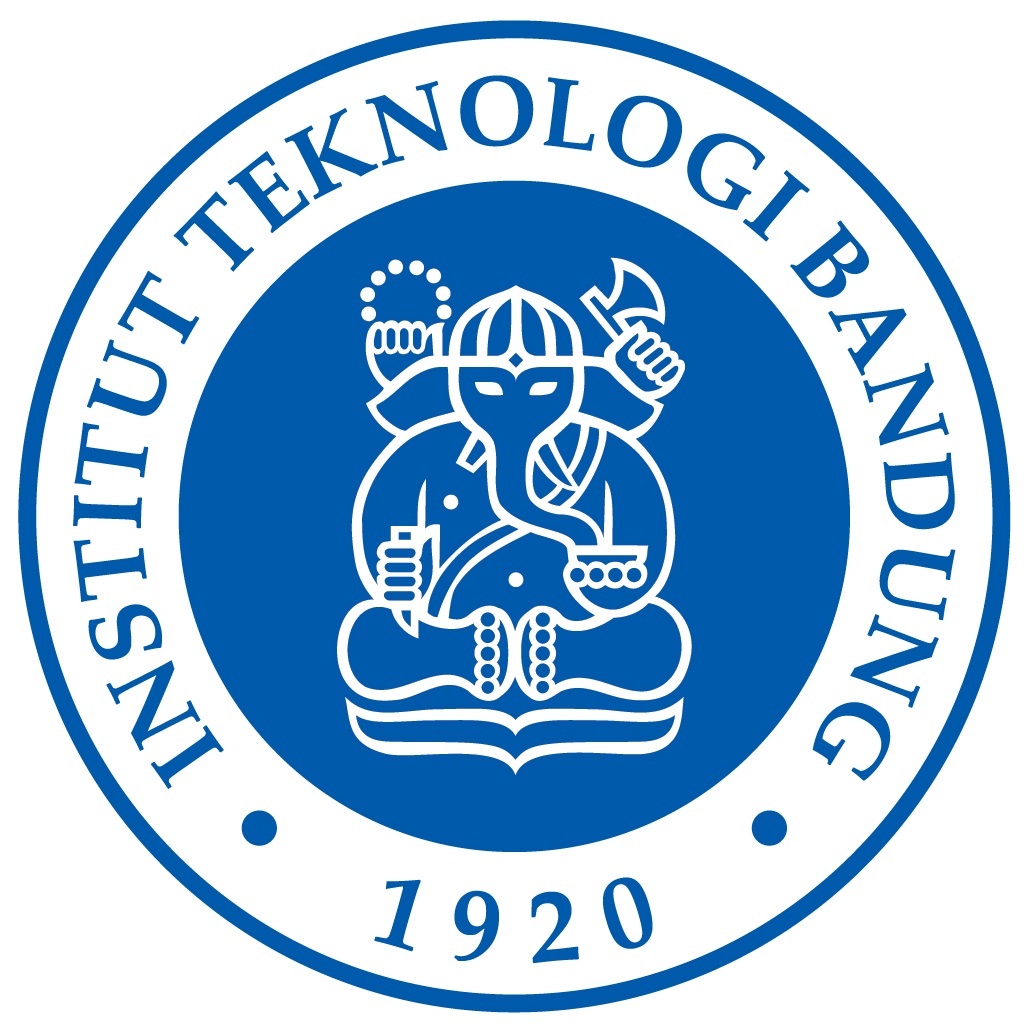

Poerbandono
In this paper, the description of the ocean current flow based on three-dimensional hydrodynamic models considering barotropic as a simplified simulation setting and baroclinic as a complex simulation setting is discussed. Water level, stationary current profile, and cross-sectional transect of current observation covering representative periods of ebb and flood phases are used for the assessment of model performance. It is found that both settings deliver results that reasonably agree with the observations. Compared to the baroclinic setting, the barotropic setting indicates a more appropriate agreement with the observation in shallow areas, where the flow is not idly dominated. On the other hand, the baroclinic setting is more appropriate for simulating cross-sectional current covering the entire channel, in particular the main channel area, hence capable of estimating flow discharge better compared to the barotropic one. These results could be an up-and-coming example on how complex interaction of tidal- and density-driven flows can be soundly explained through modeling validated by multiple types of current survey modes, which could be implemented in equivalent environmental settings worldwide.
Scientific publications
Modeling strategy for the description of current generation due to tides and water density gradients.